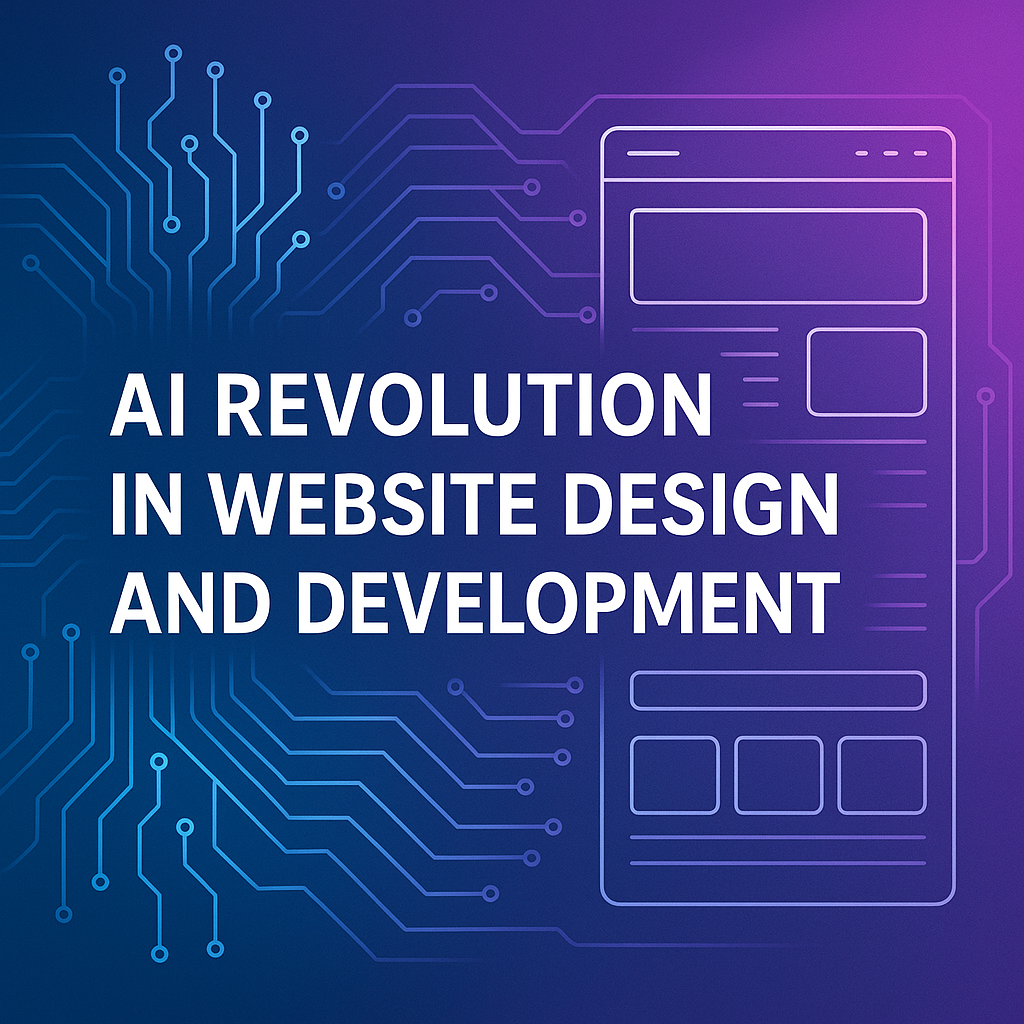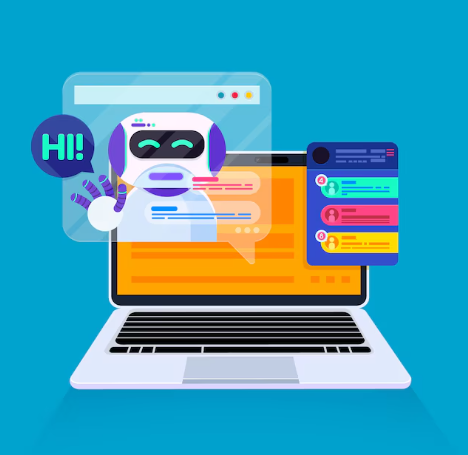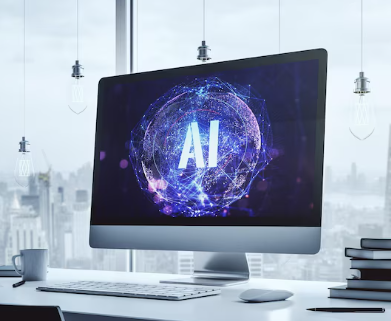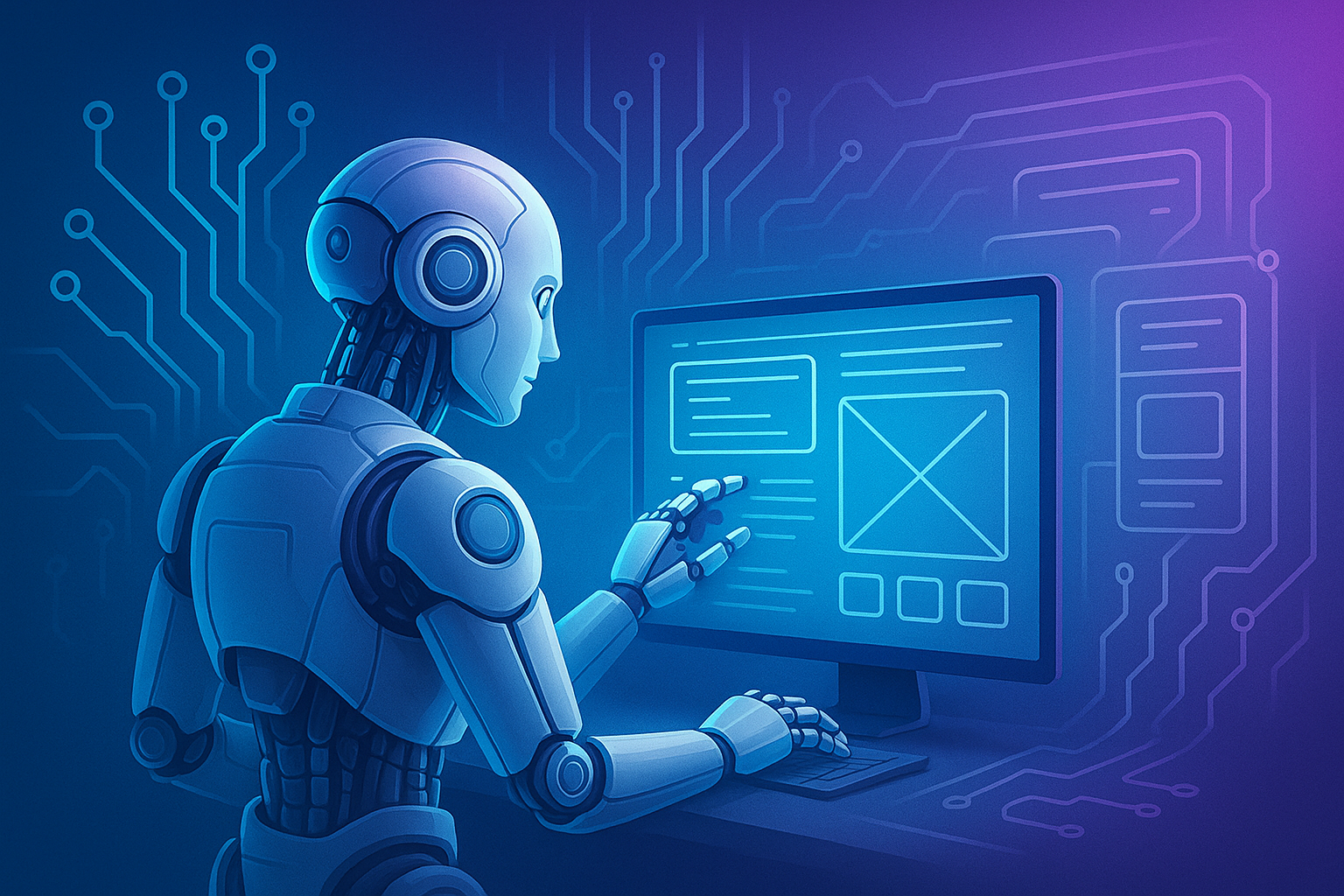The landscape of web development is undergoing a revolutionary transformation. AI-powered tooling is not just changing how websites are built—it’s redefining what’s possible in real-time digital experience delivery.
From assisted code generation to layout systems that adapt to behavior signals, AI now enables teams to ship sophisticated, conversion‑ready interfaces faster than legacy workflows ever allowed.
Machine learning models can analyze interaction patterns, predict intent, and dynamically optimize funnels. Personalization depth that once required enterprise infrastructure is now accessible to lean teams.
Acceleration & Efficiency

Automated QA, component scaffolding, schema inference, accessibility linting and design token propagation reduce repetitive labor. Human focus shifts to product thinking, narrative, and differentiated UX polish.
Adaptive User Experiences

Interfaces no longer remain static. AI pipelines experiment with micro‑variations (copy, imagery, hierarchy) and converge on higher‑performing states without manual redeploy cycles.
Strategic Advantage

Organizations embracing AI orchestration now are building proprietary feedback loops—fuel that compounds insight, retention, and lifetime value.
Practical Adoption Priorities
- Integrate design-to-code automation for repetitive UI shells.
- Deploy behavioral analytics feeding personalization rules.
- Automate accessibility and performance regression gates.
- Use AI summarizers for stakeholder release notes.
- Create a governance layer: prompt libraries + review checkpoints.
Conclusion: The question is no longer if AI belongs in the development lifecycle—it’s how rapidly your org can operationalize it while preserving brand voice, ethics, and maintainability.
 Webivi Blog
Webivi Blog
